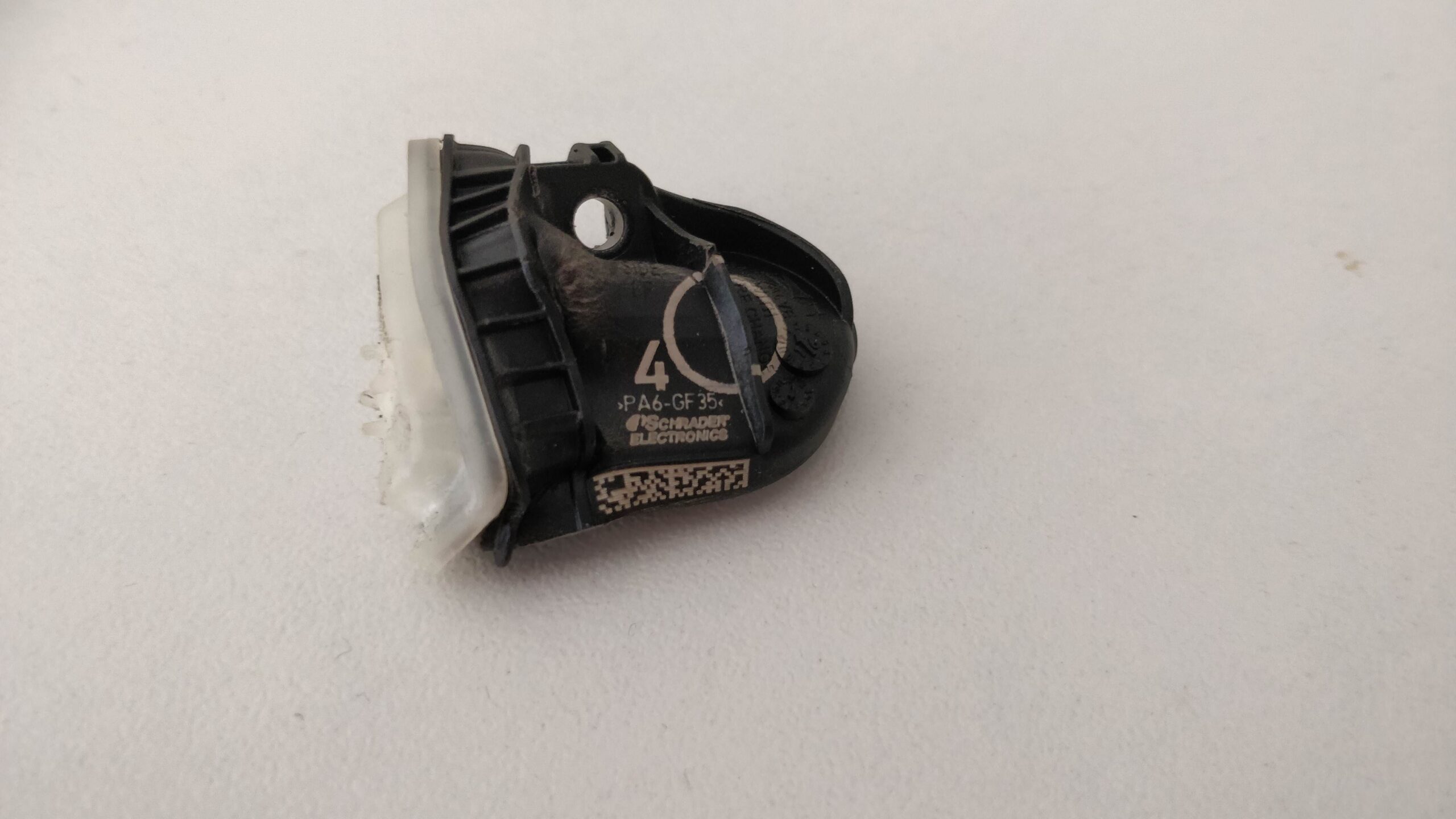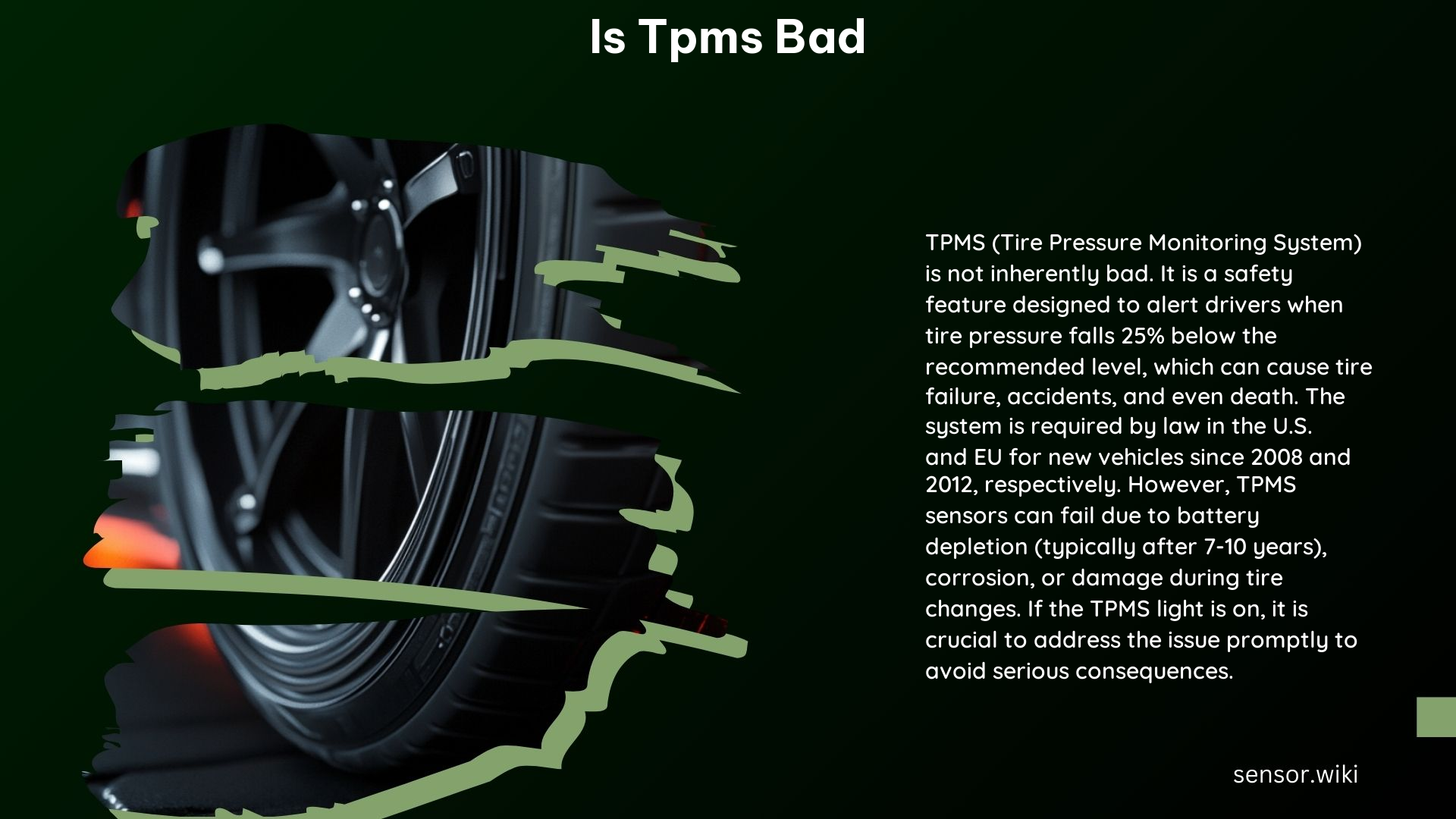The Tire Pressure Monitoring System (TPMS) is a crucial safety feature in modern vehicles, designed to alert drivers when tire pressure falls below a certain threshold. While TPMS sensors are generally reliable, they can occasionally fail or malfunction, leading to various issues. In this comprehensive guide, we’ll delve into the intricacies of TPMS, exploring the common causes of failure, diagnostic techniques, and best practices for maintaining the system’s effectiveness.
Failure Rates and Causes

Battery Life
TPMS sensors are typically powered by a 3-volt lithium-ion battery, which has an average lifespan of 5-7 years. As the battery ages, the sensor’s performance can degrade, leading to inaccurate readings or complete failure. According to industry data, the average TPMS sensor battery life is around 6 years, with some variations depending on the sensor type and driving conditions.
Corrosion
The valve stem, which houses the TPMS sensor, can be susceptible to corrosion over time. This can be exacerbated by exposure to road salts, chemicals, and environmental factors. Corrosion can compromise the sensor’s internal components, resulting in sensor failure and the illumination of the TPMS warning light.
Tire Changes
Improper tire changes, such as using the wrong tools or techniques, can damage the TPMS sensor. The sensor is integrated into the valve stem, and any rough handling during tire mounting or dismounting can lead to sensor malfunction. Studies have shown that up to 20% of TPMS sensor failures are directly related to improper tire changes.
Physical Damage
TPMS sensors can also be damaged by external factors, such as road debris, potholes, or even accidental impacts during vehicle maintenance. These physical impacts can compromise the sensor’s internal components, leading to inaccurate readings or complete failure.
Diagnosing a Bad TPMS Sensor

TPMS Light
One of the most obvious signs of a failing TPMS sensor is the illumination of the TPMS warning light on the vehicle’s dashboard. A flashing TPMS light often indicates a problem with one or more of the sensors, prompting the driver to investigate further.
Scan Tools
Specialized TPMS diagnostic tools can be used to identify specific issues with the sensors, such as drained batteries, wiring problems, or sensor malfunctions. These tools can provide detailed information about the sensor’s status, allowing mechanics to pinpoint the root cause of the problem.
Air Pressure Checks
Comparing the tire pressure readings displayed on the vehicle’s dashboard with the actual tire pressure measured using a tire pressure gauge can help identify faulty TPMS sensors. If the displayed pressure differs significantly from the measured pressure, it may indicate a sensor issue.
Consequences of a Bad TPMS Sensor
Safety Risks
Driving with under-inflated tires can have serious safety consequences, including increased stopping distances, reduced handling, and an elevated risk of tire blowouts. These factors can lead to accidents, loss of vehicle control, and potentially severe injuries.
Tire Wear
Under-inflation can also accelerate tire wear, reducing the tire’s lifespan and affecting the vehicle’s overall performance. Tires that are consistently under-inflated can experience uneven tread wear, premature wear, and even structural damage, leading to the need for more frequent tire replacements.
Best Practices
Regular Tire Pressure Checks
Regularly checking the tire pressure, both on the vehicle’s display and using a tire pressure gauge, is crucial for maintaining the TPMS system’s effectiveness. Experts recommend checking the tire pressure at least once a month and before long trips to ensure optimal inflation levels.
Proper Tire Changes
When changing tires, it’s essential to follow the manufacturer’s recommended procedures and use the appropriate tools to avoid damaging the TPMS sensors. Proper tire change techniques, such as using a tire changer machine and exercising caution during the process, can help extend the sensor’s lifespan.
Replace Faulty Sensors
If a TPMS sensor is found to be malfunctioning, it’s important to replace it promptly to maintain the system’s effectiveness. Ignoring a faulty sensor can lead to safety risks and increased maintenance costs down the line.
Technical Specifications
TPMS Sensor Type
TPMS sensors are typically powered by a 3-volt lithium-ion battery, which provides the necessary power for the sensor’s operation and data transmission.
Signal Transmission
TPMS sensors transmit data to the vehicle’s TPMS module using a radio frequency (RF) signal. The module then processes the information and displays the tire pressure readings on the dashboard.
Reference:
- https://www.reddit.com/r/AskMechanics/comments/yyrz66/are_tire_pressure_sensors_highly_prone_to_failure/
- https://www.carparts.com/blog/what-is-a-tpms-sensor-signs-and-causes-of-failure-and-more/
- https://www.tacomaworld.com/threads/how-do-people-figure-out-which-tpms-sensor-is-bad.761728/
- https://www.pirelli.com/tires/en-us/car/driving-and-tire-tips/how-to-read/tpms-light-on
- https://www.redi-sensor.com/is-your-tpms-light-on/
